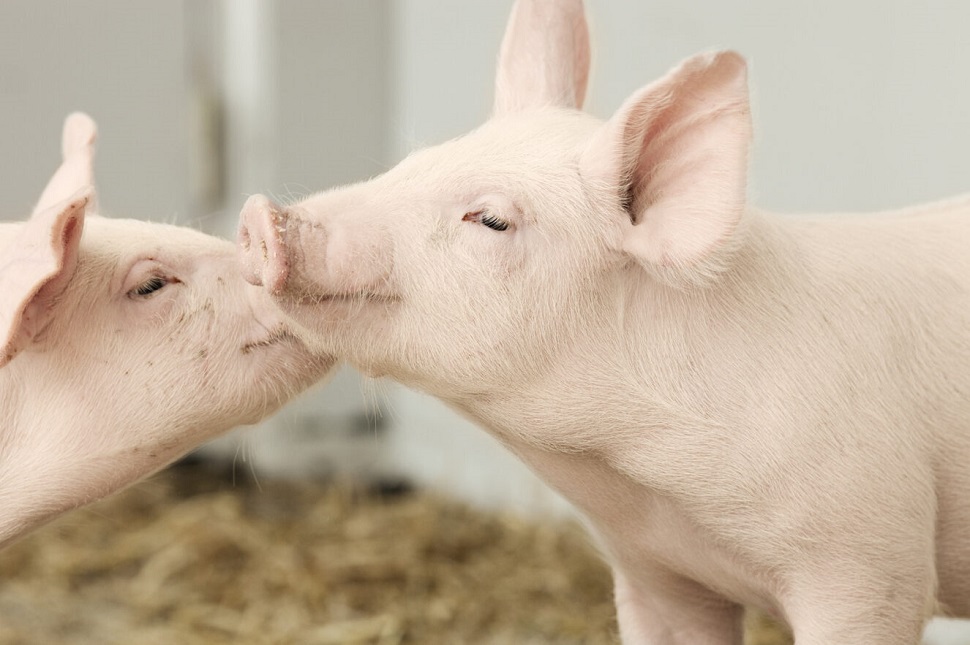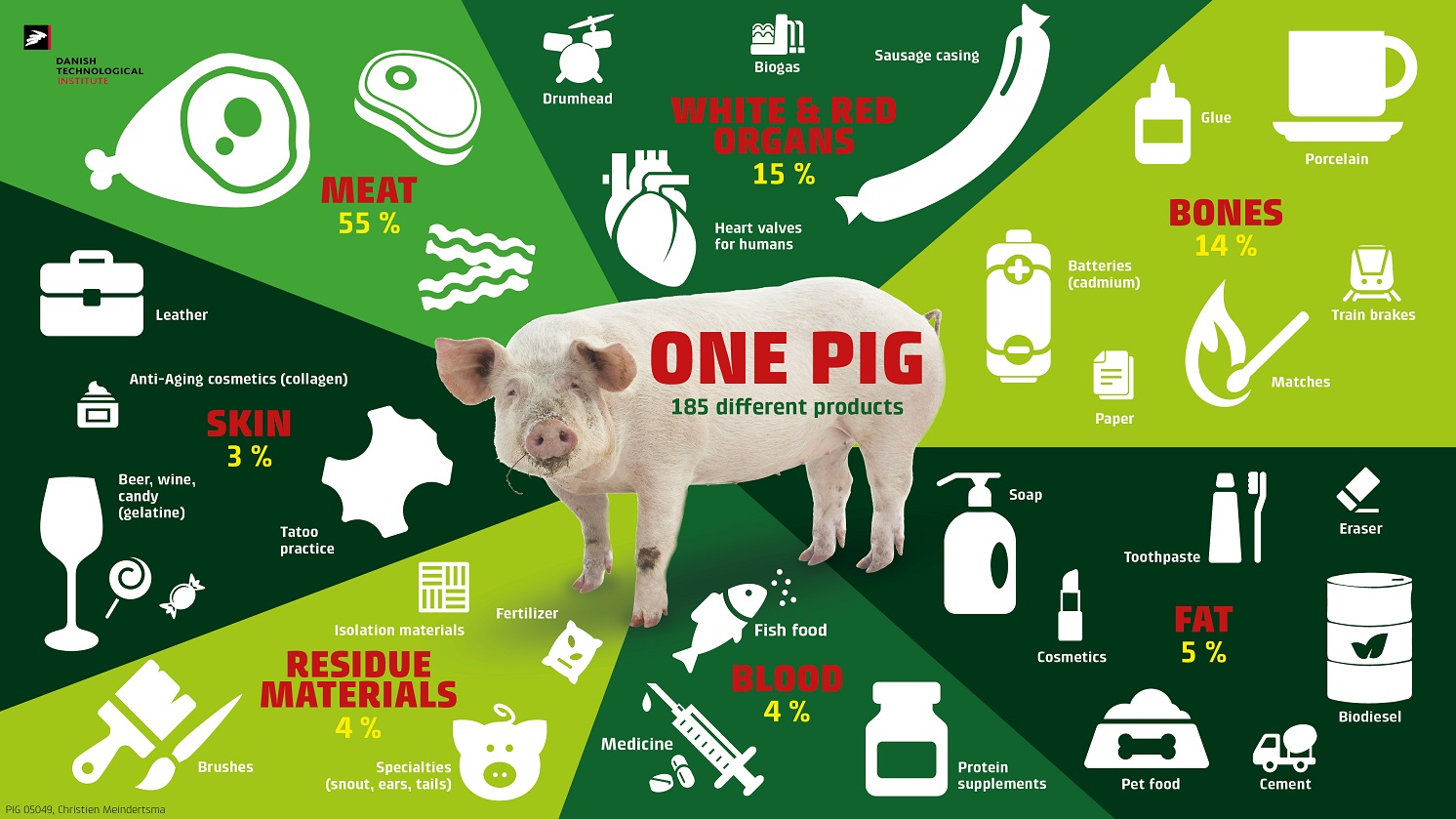Heparin, an overlooked example of livestock's contribution beyond food production

The livestock sector is not only producing high-quality proteins for human consumption. An often-overlooked aspect of livestock production is the supply of important raw materials for sectors and products outside of food production. An example is mucosa from pigs, which is used to produce heparin for medical use. On the WHO’s Model List of Essential Medicines, heparin is an anticoagulant in treating and preventing thrombosis. Due to growing global demand for this medicine and a reduction of livestock production in some regions, for instance, within Europe, regional shortages of raw material for producing heparin may become challenging.
Livestock production’s contribution beyond food production
Livestock production is mostly viewed in a food production context. However, the importance and contribution of the livestock sector go far beyond providing affordable, high-quality proteins and food security. In fact, parts of a pig and various residues are used in more than 180 very diverse products, including medicines, cosmetics, batteries, biogas, isolation material, cement, soap, and so on…
Heparin
Heparin has for many decades been used as an anticoagulant in treating and preventing thrombosis, for instance, during a surgical operation, for artery, chronic and diabetic diseases, and within the older population. Heparin is on the WHO’s Model List of Essential Medicines and is, therefore, a part of the population’s priority health care needs.
Using animal parts to produce heparin dates back more than 100 years. Porcine mucosa is the main source of the global production of heparin, and 90% of it came from porcine-based heparin in 2022. Porcine mucosa is currently the preferred source material as it was found to be a much ‘cleaner’ source requiring less degradation compared with other sources, for instance, bovine and synthetic.

Looking to the future
The global population is growing and is expected to continue to do so in the future. Consequently, medical expenditures and demand for medical products like heparin will also increase. Although an uptake of other sources for heparin can be expected, the porcine source will remain the backbone for this product for the foreseeable future.
While the global production of porcine mucosa may grow in the future, regional differences in the price and availability of this raw material may occur. In this context, it is worth remembering that the African Swine Fever outbreak, especially in China (2019-2020), led to supply concerns for heparin in the US. A declining European porcine production will likely see the EU become a net importer of raw materials for heparin production.
It’s worth noting the wider importance of the livestock sector, not only as the source of our food production but also in providing raw materials for essential life-saving products. This is an important point which tends to be forgotten in the wider debates about livestock production.